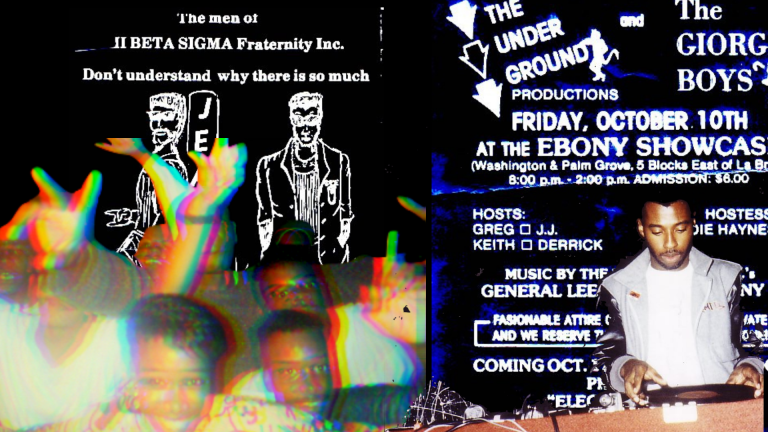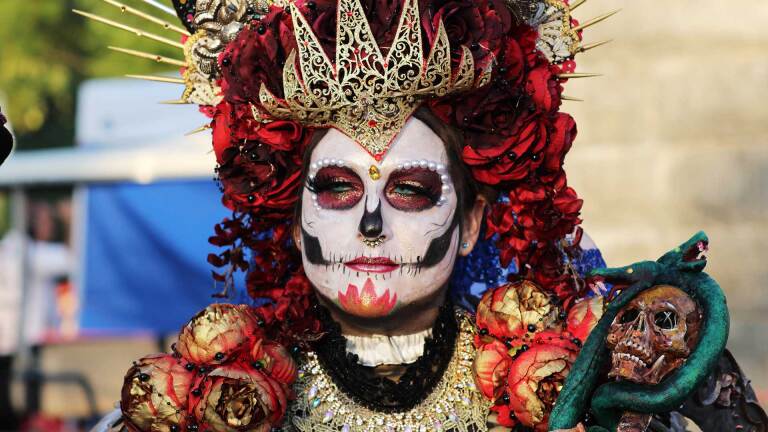Arts Disciplines

Gregory Everett was one of only a handful of Black Angelenos looking to document a seminal moment in the city's life. Using his life as a throughline and guided by Dr. Daniel Walker, KCET explores life in Los Angeles for the African American community in the 1980s and its repercussions today. Groove with the little-known precursor of West Coast hip-hop, explore the significance of public art in Crenshaw and see why stories need to be told by its community.
Poetry has and continues to be at the center of the most political questions. Explore L.A.'s thriving poetry scene and discover how artists use their poetic verse to speak up and speak out.
Explore stories about mariachis and mariachi music in L.A. and elsewhere.

Once in his life, a man ought to concentrate his mind upon the remembered earth. He ought to give himself up to a particular landscape in his experience; to look at it from as many angles as he can, to wonder upon it, to dwell upon it.– N. Scott Momaday, "XXIV" from "The Way to Rainy Mountains"Classical antiquity recognized just four elements — air, earth, water and fire — from which everything had been made. These four no longer explain the world, but they retain, at least for me, a poetic capacity — a way of wondering upon where I am.D. J. Waldie is the author of "Becoming Los Angeles: Myth, Memory, and a Sense of Place." This series of essays called “Elemental L.A.” explores an Angeleno “sense of place” using the four classical elements as guides.

Día de los Muertos, the tradition of annually honoring deceased ancestors and loved ones on November 1 and 2, has been adapted for centuries from its pre-colonial roots to the popular depictions in mass media today. Inspired by Oaxacan traditions, it was brought to East Los Angeles in the 1970’s as a way to enrich and reclaim Chicano identity. Learn more about the tradition's roots and explore the various ways Día de los Muertos is celebrated across Southern California.












